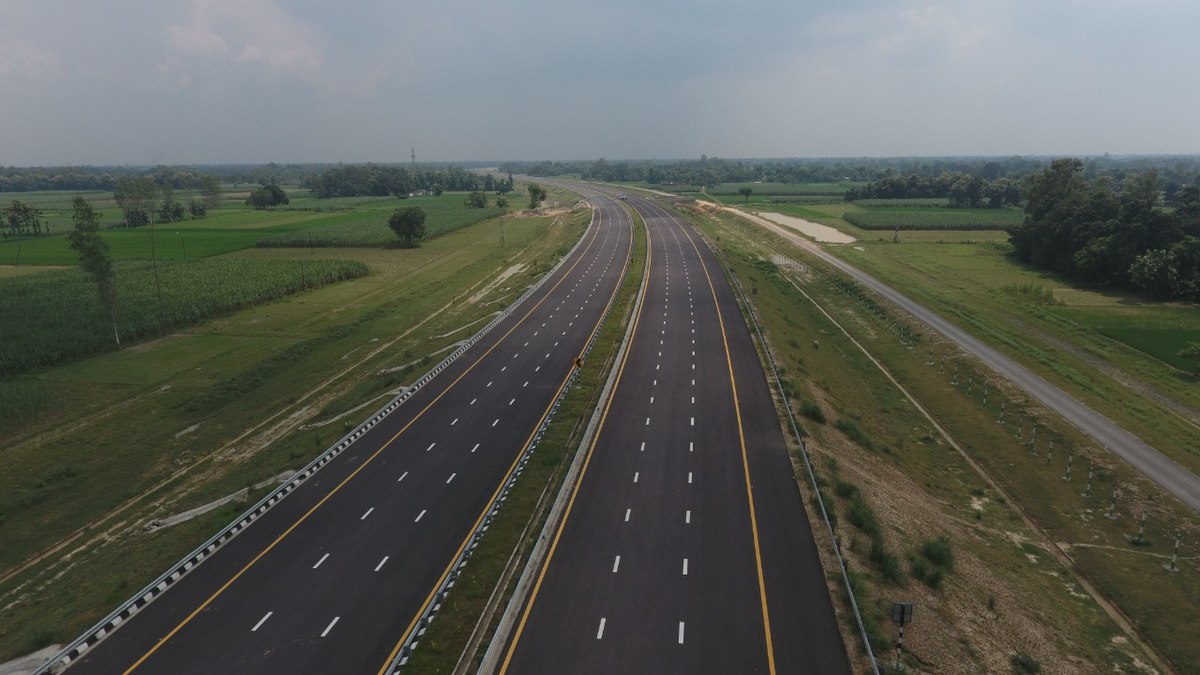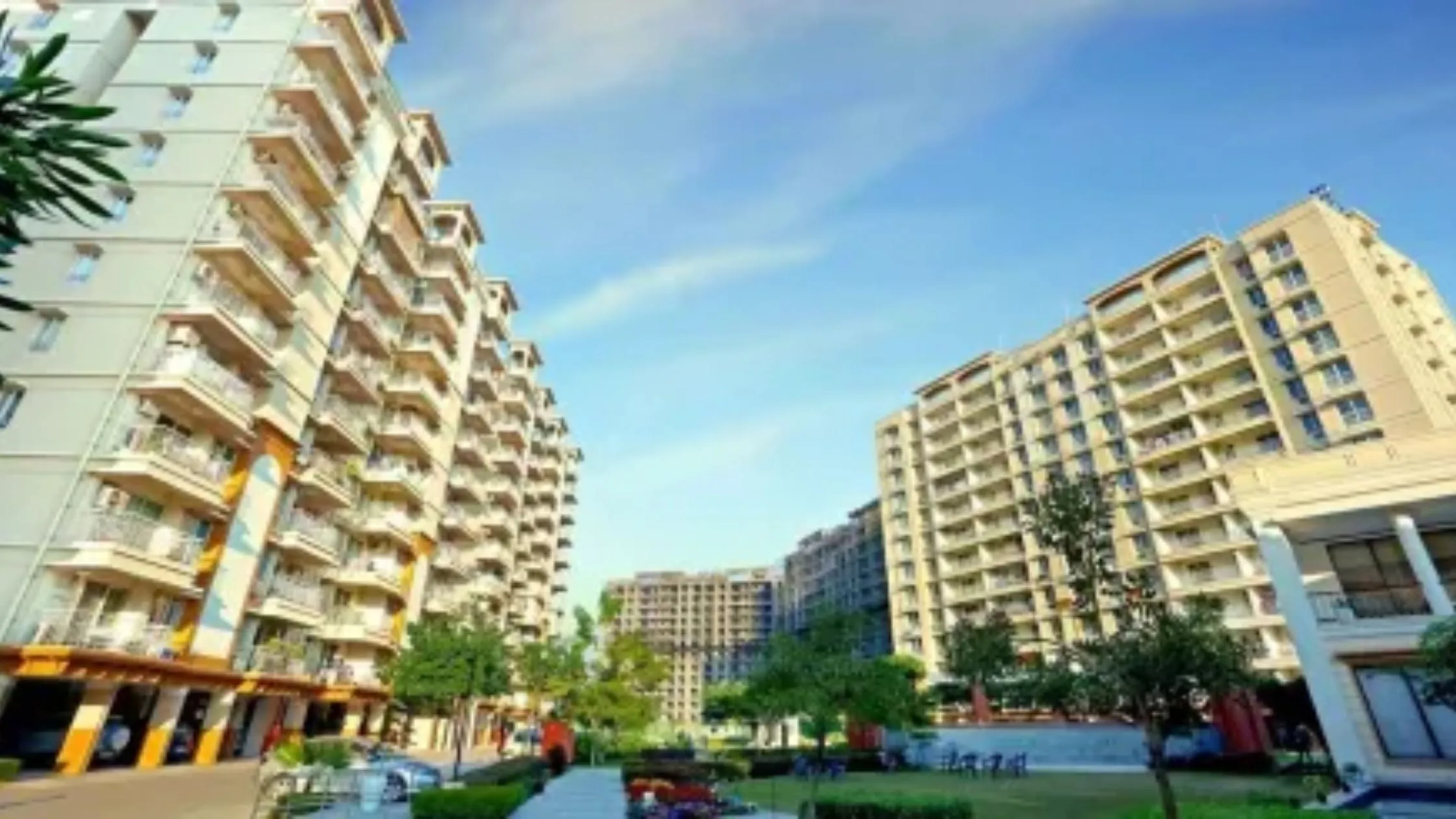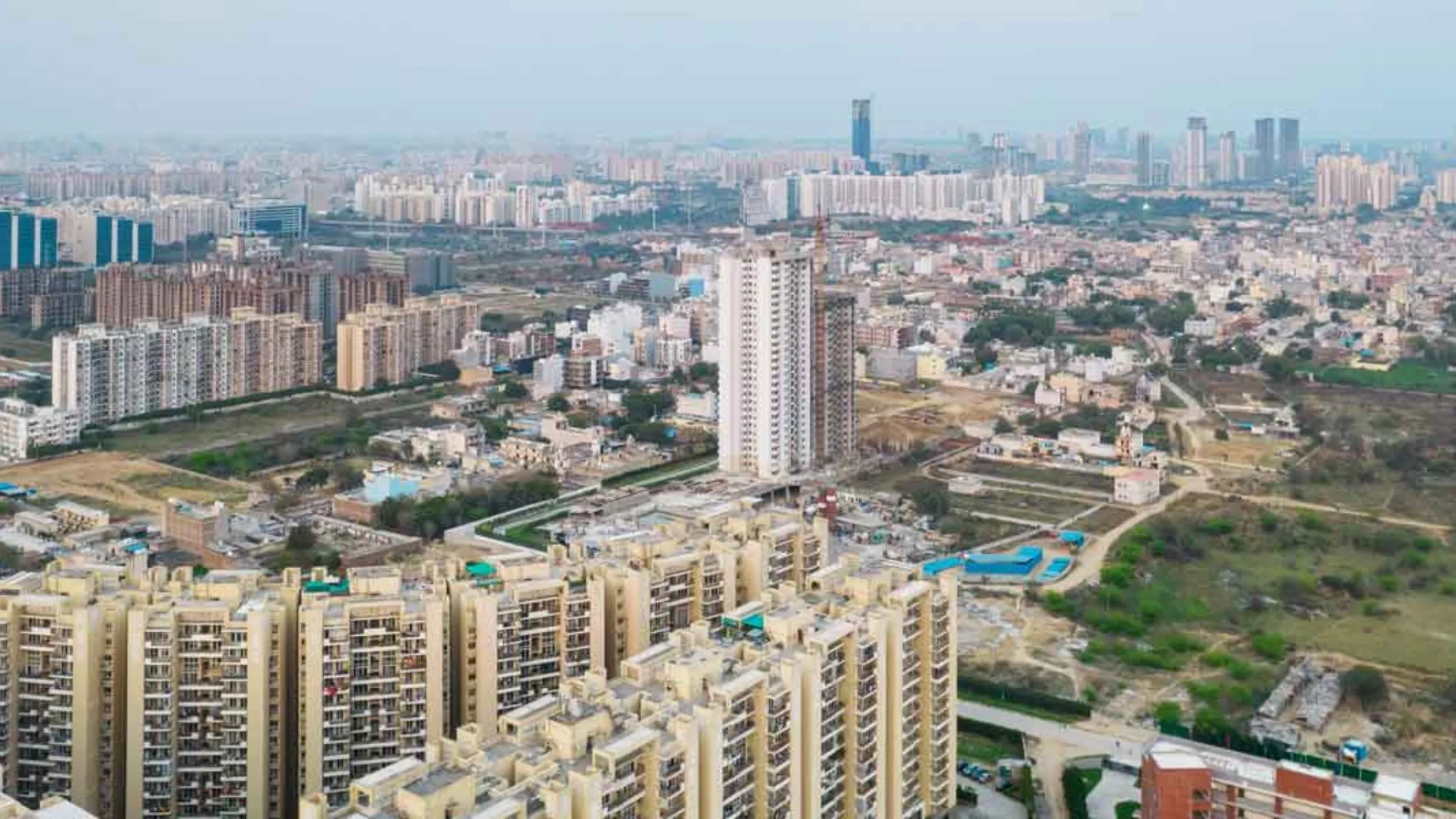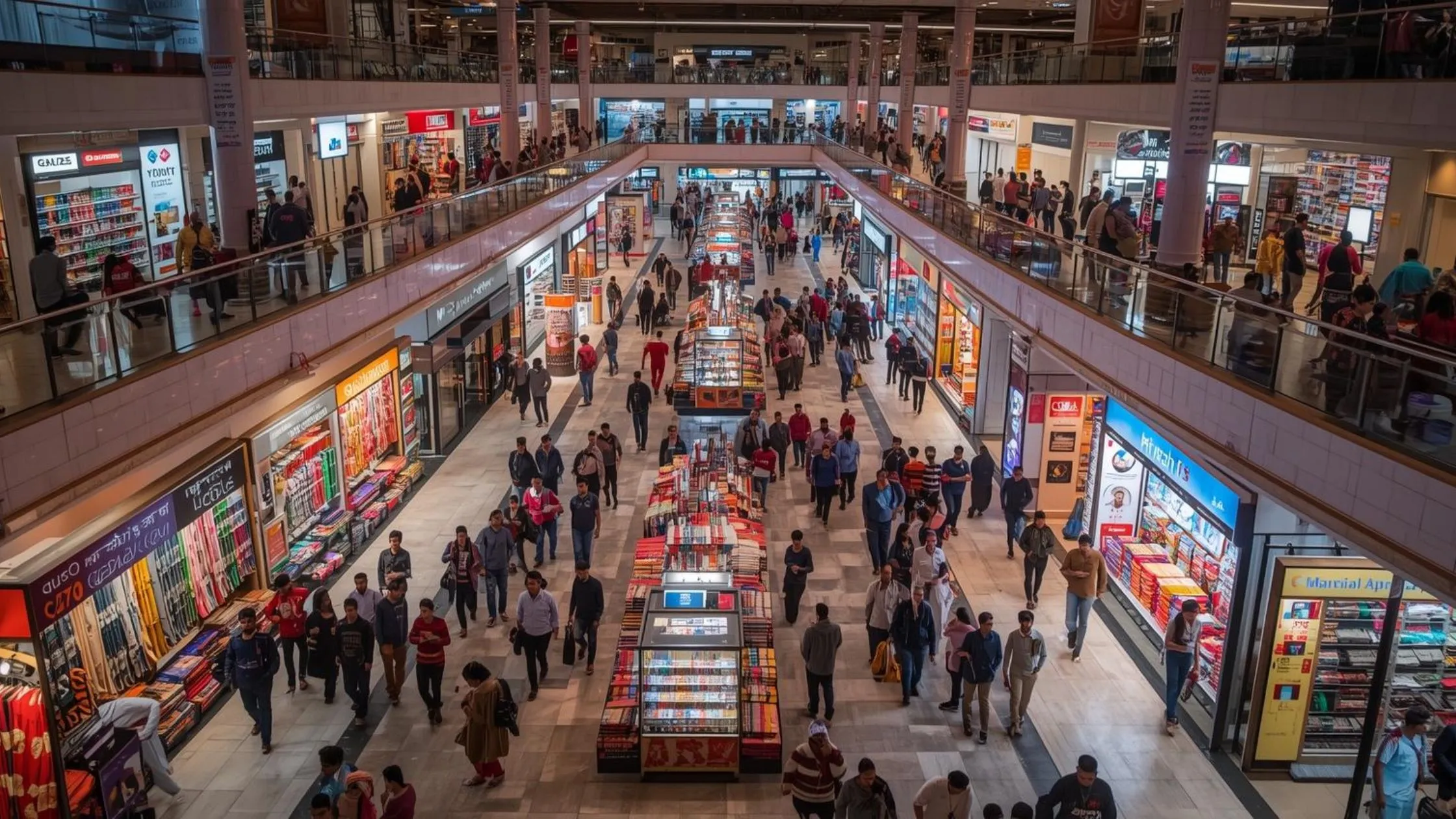Table of Content
The Purvanchal Expressway was developed by the Uttar Pradesh Expressways Industrial Development Authority (UPEIDA). It has substantially reduced travel time for nine districts in Uttar Pradesh: Ayodhya, Lucknow, Barabanki, Sultanpur, Amethi, Azamgarh, Ambedkar Nagar, Ghazipur, and Mau.
The Purvanchal Expressway reduces traveling time due to ribbon development for industry and employment around the connecting districts. It has thus become a viable option for transportation to the state's eastern border, with Delhi as a separate destination. Prime Minister Modi inaugurated the Purvanchal Expressway on November 16, 2021. State Chief Minister Yogi Adityanath has described it as "the spine of the economy of eastern Uttar Pradesh." This is development three years after PM Modi in July 2018 laid the foundation stone of the Purvanchal Expressway during his visit to Azamgarh.
Key Highlights of the Purvanchal Expressway
- Length: 340.824 km
- Cost: Rs 22,494 crore
- Number of Lanes: 6, expandable to 8
- Starting Point: Chand Saray village, Lucknow district
- Ending Point: Haydaria village, NH-31, Ghazipur district
- Inaugural Date: November 16, 2021
- Developer: Uttar Pradesh Expressways Industrial Development Authority (UPEIDA)
Also Read: Dwarka Expressway: A New Era for Delhi-NCR Property Market
Strategic Route Map and Connectivity
The Purvanchal Expressway traverses nine critical districts, linking major cities and towns:
- Lucknow: The state capital and starting point.
- Barabanki: A district with rich history and growing infrastructure.
- Amethi: A politically significant constituency.
- Sultanpur: A cultural hub with emerging industries.
- Ayodhya: A city of religious importance, now more accessible.
- Ambedkar Nagar: An area with potential for industrial expansion.
- Azamgarh: A vital urban center in eastern Uttar Pradesh.
- Mau: Known for its thriving textile industry.
- Ghazipur: The eastern terminus, connecting to Bihar and beyond.
The expressway’s integration with other major highways, such as the upcoming Gorakhpur Link Expressway, enhances its role as a regional connector, reducing travel time while boosting trade and commerce.

A Timeline of Vision and Execution
The Purvanchal Expressway’s journey began in March 2015 under the Akhilesh Yadav government as the Lucknow-Azamgarh-Balia expressway. Later, in October 2015, the project was rebranded under the leadership of Yogi Adityanath. The foundation stone was laid by Prime Minister Narendra Modi in July 2018, culminating in its inauguration in November 2021.
Entry and Exit Points
Strategically designed, the expressway features multiple interchanges and toll plazas:
- National Highway (NH-56/731): Trumpet interchange
- Heidergarh to Barabanki Road: Slip roads with toll booth
- Inhauna to Rudauli Road: Interchange and toll plaza
- Raebareli to Faizabad Road: Interchange and toll plaza
- Sultanpur to Faizabad Road: Interchange and toll plaza
- Sultanpur to Akbapurr Road: Interchange and toll plaza
- Akbarpur to Dostpur Road:: Slip roads with toll booth
- Akbarpur to Jaunpu Road: Slip roads with toll booth
- Azamgarh to Tanda Road: Interchange and toll plaza
- Azamgarh to Mau Road: Slip roads with toll booth
- Mau to Ghazipur Road: Interchange and toll plaza
- Ballia Link Road (Upcoming): Interchange and toll plaza
- National Highway Road or NH19: Trumpet interchange
These access points ensure seamless travel while supporting regional mobility.

Economic Impact
Economic impacts of Purvanchal Expressway
The expressway was inaugurated in November 2021, and since then, it has really changed the economic landscape of eastern Uttar Pradesh. The expressway is 340.8 kilometers long, linking Lucknow and Ghazipur through Barabanki, Amethi, Sultanpur, Ayodhya, Ambedkar Nagar, Azamgarh, Mau, and Ghazipur districts. The overall design is aimed at achieving regional growth because of connectivity and same economic activities.
Employment generation
During the construction of the Purvanchal Expressway, more than 6 million man-days were created, providing ample employment opportunities. This giant surge provided several means of livelihoods, as many were engaged in construction and related sectors.
Industrial and commercial operations
An imposed industrial activity has been carried out along the expressway; industrial estates have been established with the sole aim of attracting investments and creating enterprises catering to varied industries in these relatively less developed regions, stirring growth.
Also Read: How Namma Metro's Red Line Could Skyrocket Bengaluru Property Rentals
Agriculture and Trade Promotion
There is improvement in trade transportation as a result of the expressway; the improved access between rural areas and urban markets allows faster and more effective movement of agricultural products. By reducing transport costs and time, the expressway benefited farmers and traders alike. Crossing industrial units and development centers, it has allowed better trade in the area.
Tourism development
The expressway has increased accessibility to many religious and cultural sites such as Ayodhya, Varanasi, and Gorakhpur. This deepened accessibility will certainly help boost tourism, which will lead to higher economic activities in hospitality, retail, and other services.
Real Estate Transformation
Currently, experts feel that especially lucknow real estate will be greatly benefited by the Purvanchal Expressway, along with all the other districts along which it is passing through. There will be an upsurge as regards development and demand for residential projects in several districts, towns and cities of Uttar Pradesh, including Varanasi.
The Uttar Pradesh State Government has planned to build 10 industrial parks on this 340-km stretch. Industrialization and commercial development will be accelerated, along with boosting tourism and hospitality. Commercial realty markets will be stronger and this will create more employment possibilities while augmenting residential real estate demand. Prospects for appreciation will incite more people to go in for buying property on the Expressway, along with improved connectivity. A stroke of genius will be the link-up of the expressway and the Agra-Lucknow Expressway and Yamuna Expressway, which will inspire rapid residential development as per experts.
Indeed, expressways are huge infrastructural projects that have a great potential to drive the residential realty markets in time to come. One does not expect the Purvanchal Expressway to be any exception in this regard, although real-estate developers in the promotions with almost shrouded conditions, state. As time goes by, it wuz shall sort out whether this baileu-a or a daub.
Toll Rates for 2024
Toll rates, revised in 2023, ensure fair pricing for various vehicle categories:
- Cars, Jeeps, Vans: Rs 675
- Light Commercial Vehicles: Rs 1,065
- Buses and Trucks: Rs 2,145
- Multi-Axle Vehicles (3-6 axles): Rs 3,285
- Vehicles with 7+ axles: Rs 4,185
Safety and Security Measures
The Purvanchal Expressway prioritizes traveler safety with advanced infrastructure and emergency systems:
- Structural Safety: Metal crash barriers, caution boards, and median markers.
- Emergency Response: Sixteen ambulances per package equipped with life support systems.
- Traffic Management: Advanced surveillance and fencing to prevent stray animals from entering
Contact Information
For inquiries or assistance:
- Helpline Numbers: 18008894776, 18008895776
- Office Address: C-13, 2nd Floor, PARYATAN Bhawan, Vipin Khand, Gomti Nagar, Lucknow – 226010
- Email: ceo.eida_upz@gov.in
The Purvanchal Expressway isn’t just a road; it’s a conduit of progress, bridging gaps and building a brighter future for Uttar Pradesh.
Purvanchal Expressway is a trendsetter infrastructure project in changing the economic and social landscape of Eastern Uttar Pradesh, making way for an industrial takeoff, creating an employment marketplace, and better trade, especially in agriculture and tourism, through connectivity enhancement between key districts and major cities. This expressway's multiplier effect on real estate development has begun to be felt, with demand for residential and commercial property along its length rising. The Purvanchal Expressway, at its level of efficiency in generating economic prosperity in the region, is no longer merely an icon of progress; it has become a powerful catalyst for the long-term development of this region and a beacon toward an integrated and prosperous future.
Also Read: PMAY-U 2.0: Apply Online for Your Affordable Urban Home Now








Ans 1. The Purvanchal Expressway is a 340.8 km long highway connecting Lucknow to Ghazipur, aimed at improving connectivity and driving economic development in Eastern Uttar Pradesh.
Ans 2. The Purvanchal Expressway spans 340.824 km, linking major districts in Uttar Pradesh.
Ans 3. The expressway connects Lucknow, Barabanki, Amethi, Sultanpur, Ayodhya, Ambedkar Nagar, Azamgarh, Mau, and Ghazipur districts.
Ans 4. It reduces travel time, boosts industrial growth, improves trade, enhances accessibility to cultural and religious sites, and promotes real estate development.
Ans 5. The expressway stimulates demand for residential and commercial properties, particularly in Lucknow and other districts along the route, by improving connectivity and accessibility.
Ans 6. Toll rates are: Cars, Jeeps, Vans: Rs 675 Light Commercial Vehicles: Rs 1,065 Buses and Trucks: Rs 2,145 Multi-Axle Vehicles (3-6 axles): Rs 3,285 Vehicles with 7+ axles: Rs 4,185
Ans 7. Prime Minister Narendra Modi inaugurated the Purvanchal Expressway on November 16, 2021.
Ans 8. The construction of the expressway generated over 6 million man-days of labor, providing livelihood opportunities for local workers and creating new employment hubs.
Ans 9. The expressway features metal crash barriers, advanced traffic management systems, emergency response units, and fencing to prevent stray animals from entering.
Ans 10. By improving access to important cultural and religious sites like Ayodhya, Varanasi, and Gorakhpur, the expressway will promote tourism, benefiting hospitality and related sectors.